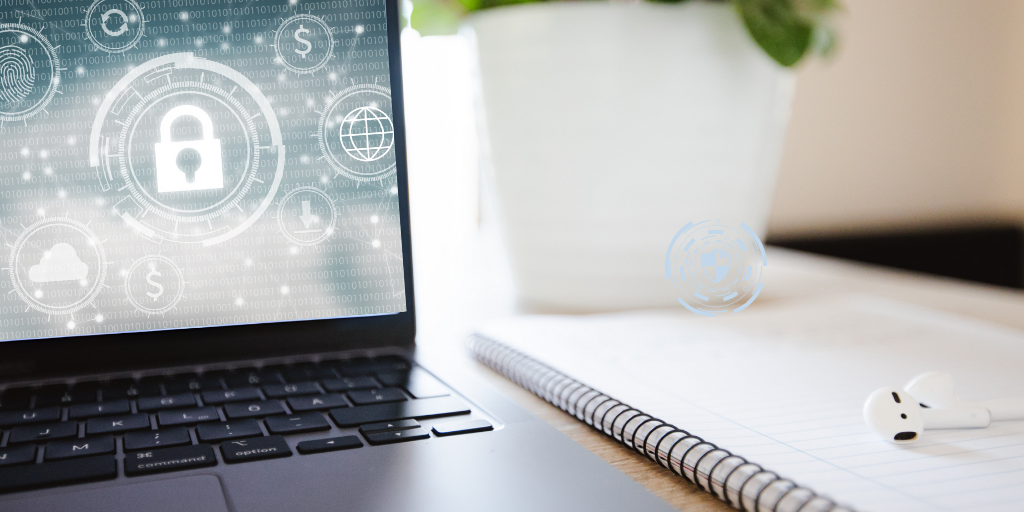2 min read
Working From Home Causes Surge in Security Breaches
.jpeg) Michael Markulec
:
Oct 23, 2020 4:00:00 PM
Michael Markulec
:
Oct 23, 2020 4:00:00 PM

In the current working environment, remotely working from home has become second nature now. However, as a result of employees not being in the office, thus not under the protection of company-provided cybersecurity measures, cybersecurity incidents have been on the rise. This is due in large part to the lack of measures taken to ensure proper cybersecurity on devices that were being used for work. As an example, one survey found that 45% of organizations did not take additional measures to gauge the cybersecurity stance of the devices being used for remote working.1 In this blog, we will provide you with a few pieces of advice that can be used to better your cybersecurity stance as you continue to work from home. These pieces of advice include checking for, and applying, updates, malware detection, and secure email practices.
One of the easiest and most effective ways to harden (make better) your work devices’ cybersecurity is to regularly check for, and apply, updates to both the devices’ operating system and applications. Many of these updates contain security patches for the latest discovered vulnerabilities. Therefore, it is very important to make it a common practice to check for these updates. We here at Harbor suggest you check for updates on all the software on your work devices, including their operating systems, at least once a week. By doing this, you are ensured to have the most up-to-date security patches made shortly after they are released, lessening the chance an attacker could take advantage of an older vulnerability. However, should an attacker access your device through a vulnerability, you will want to know as soon as it happens.
Having an up-to-date, and trustworthy, anti-virus/malware-detecting program is essential to maintain strong cybersecurity. These services are a great way to both protect your devices as well as notify you of any suspicious files or activity much quicker than you could find them. These programs are oftentimes equipped with the ability to remove these suspicious files for you. Having such programs installed on your remote work devices is like having a trustworthy friend always watching your back. However, as with any software, it is important to regularly update these programs as well.
According to a 2019 report provided by IBM, 49%, nearly half, of data breaches were a result of human error.2 This statistic includes employees who fell victim to email phishing attacks. Phishing attacks are one of the largest vehicles used by cyber criminals when it comes to the delivering of malware. According to Verizon’s 2019 DBIR data, 94% of malware is delivers via email through phishing attacks.2 For these reasons, it is extremely important that you do the following things if you receive a suspicious email: verify the sender’s email address, hover over any links in the email to ensure they are leading to a trusted website domain, and do not click on any attachments until you’ve ensured you are either supposed to be receiving them or you have verified the contents of the attachments with the sender. At the end of the day, you are the last line of defense in between an attacker and you and your organization’s data. Therefore, it is extremely important that you are diligent in ensuring every email’s legitimacy.
Remote working has brought about many concerns when it comes to cybersecurity. For the well-being of both their organization’s and their own privacy and data, each individual must be diligent in the measures they take to ensure strong cybersecurity. By following the advice given above, you will be in a much better position in terms of protecting yourself and your organization.
2 https://www.thesslstore.com/blog/phishing-statistics-latest-phishing-stats-to-know/

Hybrid Work Makes Businesses More Vulnerable to Cybercriminals
Ongoing hybrid working practices threaten to leave financial institutions exposed after the pandemic.

Are remote workers at greater risk of cybersecurity threats?
The advent of hybrid work has revolutionized the dynamics of work, living, and consumer behavior, as highlighted by McKinsey's research. Office...
